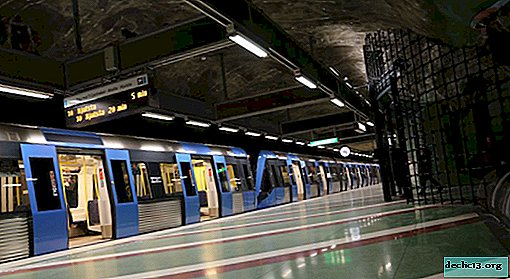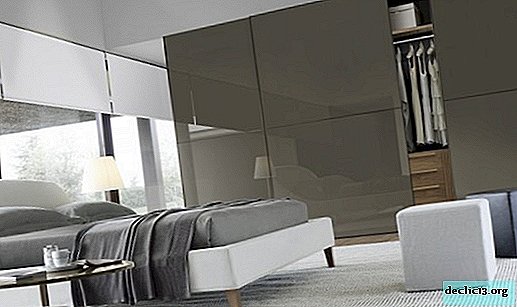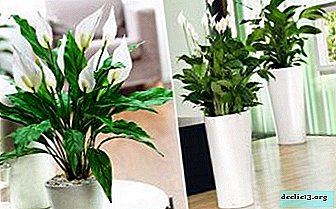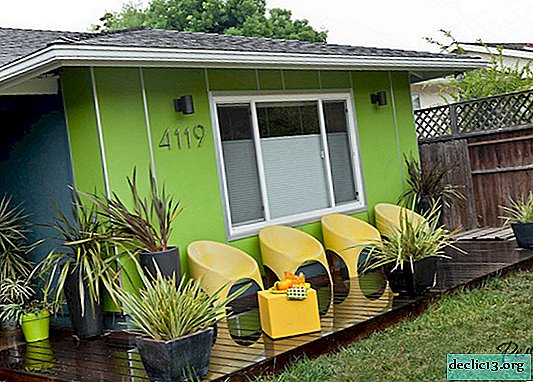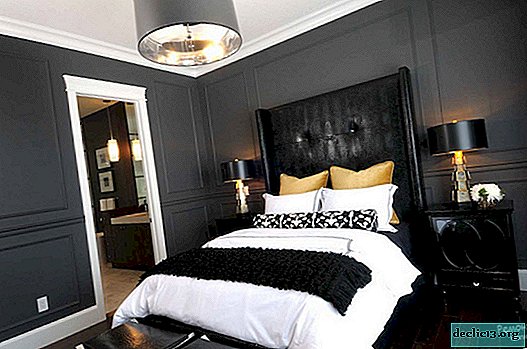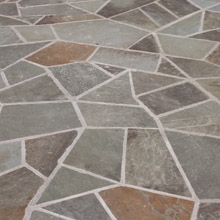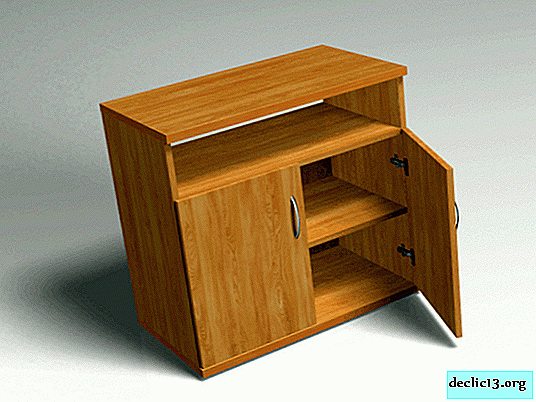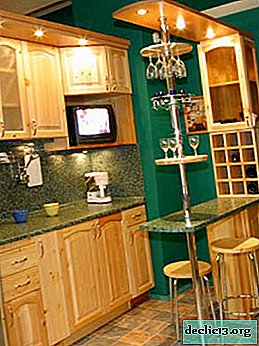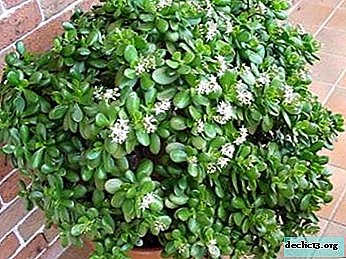Japanese style of interior - harmony of beauty, quality and functionality
The Japanese style of interior decoration was created for those who are able to feel the aesthetics and beauty of the surrounding space through simple shapes and colors, for those who do not need to surround themselves with household items of the executive class, for those who love order and systematicity, respect practicality and personal comfort. If you are able to see beauty in the small, if you are looking for harmony with your own thoughts and actions, if being close to nature is one of your priorities in creating the character of your own home, then Japanese style is for you. Restrained, but exotic, in many ways original for Russians, but functional, Japanese style is in many respects in tune with modern style. He also advocates for "comfortable minimalism", for the use of natural materials, for observing the rules of ergonomics, for maintaining a balance in everything. Japanese style is not only a way of furnishing a home, creating certain motives in the interior, it is a whole philosophy that helps one to understand oneself, to approach nature, to create harmony in one's judgments, desires, actions and outlook on life through surrounding objects.
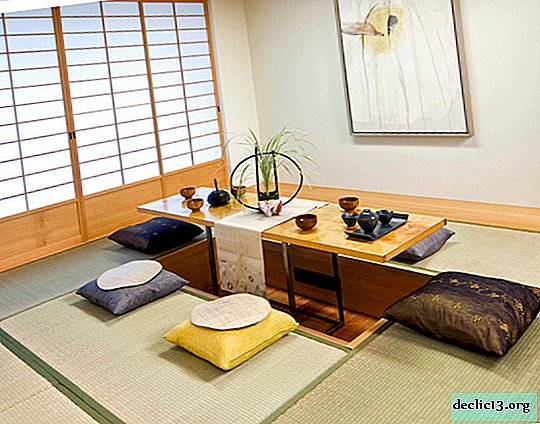

A little about how the Japanese style was formed
The basic principles of the design of Japanese homes were formed in the 16-17th centuries, when significant changes began to occur in the life of the population, domestic and foreign policy of the country. The formation of the middle class, the emergence of a layer of high-income population and the beginnings of technological progress, influenced the formation of the main motives for creating the atmosphere of Japanese housing. But despite the formation of the capitalist system, the centralization of power and the emergence of truly rich people who are able to furnish their apartments according to the latest fashion, focusing on world trends, the Japanese remained true to themselves. Japanese philosophy, focused on the harmony of beauty and pristine world, allowed all sectors of the population to find high aesthetics in ordinary things, without surrounding themselves with expensive interior items.




Great influence on the formation of the Japanese style had a historical background, geographical location and especially climatic conditions. The constant threat of earthquakes forced the Japanese to invent original ways of building that could, if not resist the tremors of the earth, then be dismantled and reused at the end of the disaster. All the walls of the houses were prefabricated, after the earthquakes ended they could be assembled as a designer. Collapsible was also the foundation. In fact, the whole structure could be moved to a new place and built (assemble) the house again. Originally. There were no internal walls and ceilings in Japanese houses, this was connected not only with the danger of earthquakes, but also with the desire to create the most spacious dwelling even on a small area.




Another feature of the design of Japanese homes was the free layout. The need to create the most spacious dwellings in the presence of modest volumes of premises was due to the high population density. In the families of the island state, often several generations of families lived under one roof. Useful space of the apartment, free space carefully guarded. Therefore, in Japanese homes there was no abundance of furniture, decorative elements, or glut of design with textiles or decorations.



In a traditional Japanese dwelling, there was no clear distribution between rooms according to functionality. But in the combined rooms with several functional segments there was a clear zoning - with the help of different levels of floors, ceilings, partitions and screens made of bamboo or thick paper, accented or diffused lighting (the location of light sources). So, the following factors influenced the formation of the traditional Japanese interior style:
- territorial features - the population is very densely distributed over the islands;
- constant threat of earthquake;
- mineral resources rich in natural resources (a small amount of iron ore);
- historical way of life, national traditions and philosophy of life.




Of course, modern Japanese style differs from the traditional motifs of home decoration of the 17th century. The design of modern apartments clearly shows not only the influence of technical and scientific progress, but also the geopolitical situation of Japan in relation to the world. But, despite the appearance of metal and concrete, modern materials that effectively imitate stone and wood, natural raw materials remain one of the most important components for creating a Japanese style in home decoration.




The main motives of Japanese style
For modern interior design in the Japanese style, it is necessary to take into account the following principles of the formation of this original, exotic way of home decoration for Russians:
1.At the heart of the formation of the concept of Japanese stylistics is nature and the possibility of self-knowledge by approaching it. Ideally, for decorating in the Japanese style, a private house is chosen, where the natural theme smoothly flows outside the home and is embodied in the landscape design of the house territory. But within the framework of a city apartment, one can find a way out of the situation - to plant low bonsai trees, grow bamboo and even equip a small greenhouse on the balcony or loggia.



2.The use of natural materials is a priority. In modern design projects, artificial analogues of stone or wood are often used. But the quality of such raw materials should be ideal. It is the use of wood, bamboo, straw, rape and stones that allows you to create authentic interiors with an Asian spirit.



3.If we talk about the color palette, then in traditional Japanese homes, light wood was used mainly. It was complemented by surfaces and objects in warm colors - beige, sand, light brown, golden. For contrast, black is often used. It helps to emphasize the geometry of the room, to highlight a particular functional area, to outline the boundaries. On a black background, the most significant, bright interior elements were often located.



4.All the furniture in Japanese design projects seems to be tending down, it does not have high legs, backs, headboards, armrests. The correct geometric shape, laconic design, and even some rigor in execution are the key to creating an original Japanese interior.



5.In the living space there should be as much free space and as few interior items as possible, decoration is reduced to the necessary minimum.


6.For zoning of functional segments, partitions and screens made of straw or rice paper on a wooden frame are often used. The main mechanism of interior doors is sliding (as a compartment).


Materials for the Japanese style in a modern interior
In order to create an authentic interior in the Japanese style, it is necessary to use materials that were available to the Japanese of the 16-17th century. This raw material, which was mined in the island state, was not exported, and was widely available:
- wood was widely used (maple, cedar, kiri);
- natural stone tiles;
- reed, bamboo and straw;
- wicker vine, rattan, matting;
- silk, leather.



Of course, in a modern interior it is difficult to abandon artificial material - linoleum, vinyl, acrylic and plastic surfaces are firmly included in our everyday life. But for natural materials you can find more affordable, but at the same time effectively imitating. Instead of a tree, you can use a quality laminate, replace natural silk with an artificial analogue, the appearance of which can only be distinguished by a professional.





Indoor furniture with Japanese motifs
The life philosophy of the Japanese comes down to the fact that one can come to the knowledge of oneself and all things on the tatami. Asian life activity "tends to land", it is created for a seated and contemplative person. Often, furniture for Japanese homes looks like ordinary models with which legs were cut or chairs, sofas and beds were completely rid of this element of furniture. The principle of comfortable minimalism extends to equipping rooms with furniture - only the necessary, the less the better.



In a traditional Japanese dwelling, the following interior items were located:
- low tables for tea parties, straw mats or matting mats and pillows were placed around them for comfortable seating for one of the main ceremonies;
- often instead of beds (even on low legs) the sleeping place was ordinary tatami or mattresses;
- storage systems most often represented cabinets with sliding doors;
- utensils are rarely displayed in the kitchen space - all storage systems are closed.




When forming a modern design project with Asian motifs, there are two ways to choose furniture - to find antique models with a historical past or to consider a modern analogue in the collections of manufacturers (rulers with Asian motifs are quite common).




Partitions and sliding doors - a feature of style
Straw or paper partitions on a wooden frame are called shoji. They not only perform certain zoning functions, but also form the distinctive look of a Japanese home. With the help of such partitions and screens, it is easiest to change the image of the living space and the distribution of functional segments. In traditional interiors, light partitions were used because of the constant threat of cataclysms - they did no harm, and they could easily be replaced. In modern design projects based on Asian dwellings, sliding doors with a characteristic pattern (weaving) are used.



Initially, partitions helped create a secluded corner in the common space. A large number of households living under one roof left their mark on the possibility of having personal space. Nowadays, with the help of screens and portable partitions, you can create a secluded corner for reading or tea drinking in any area of a spacious room.




Floors in Asian housing
Strong flooring was most often used for flooring. For rooms with high humidity used stone tiles, pebbles. Currently, you can use a quality laminate, self-leveling floor or ceramic tiles in a matte finish. On the floors you can lay tatami. Carpets made from natural material such as reeds, vines or a coarse thread base will be a spectacular addition to the authentic design.




Flooring in a Japanese home often acts as a zoning element and is performed on several levels. Most often, the tea table (in the modern version, any coffee table) was literally "recessed" in the flooring and could be put forward if necessary.




Walls - Combination Finish
For wall decoration in a room decorated in a Japanese style, natural materials are used - wood panels, cork, paper sheets (from rice paper or rapeseed). The combination of materials allows you to create an original finish even in design projects with a minimalist interior. The change of smooth plastered and painted in natural tones surfaces with textured masonry or wooden lamellas creates an interesting background for a few interior items.





Textile design
Natural fabrics of neutral shades are the key to creating a cozy atmosphere in fairly minimalist, austere and concise interiors. Silk, linen, cotton or mixed fabrics in plain colors or decorated with traditional patterns, hieroglyphs help create a special atmosphere that immerses us in a distinctive Asian flavor.




Textiles can be used not only for decorating places for sleeping and relaxing, but also for tea parties, screens and partitions. For drapery windows, the most commonly used are the so-called Japanese curtains - rectangular fabric canvases, more similar to screens. Most often, screen curtains are presented in a single-color version, but they can also contain a traditional Japanese ornament and even photo printing with Asian-style images. In modern designs, Japanese curtain screens can be replaced with fabric blinds or roller blinds (Roman).

How to create a Japanese-style accent
The main idea of creating an atmosphere with Asian motives is to maintain harmony. Therefore, even in the presence of accent elements, the whole image of the room should be balanced, balanced and generally relaxing. In traditional Japanese dwellings, it was impossible to see bright surfaces (accent walls), large items of furniture or decorative elements executed in bright colors. Although it is impossible to deny the great love of Japanese style to red color, but it was necessary to use it dosed.



Most often, bright spots against a warm and generally neutral picture of the room stood out:
- bonsai trees, green bamboo;
- china;
- floor or table vases;
- tea ceremony kits;
- paintings and prints, fabric panels with images in the Asian style;
- Japanese lanterns (paper lampshades).




Atmosphere lighting system
The main feature of creating lighting in Japanese homes is the use of diffused rather than directional light. A special, cozy and at the same time relaxing atmosphere was achieved precisely thanks to the use of lamps with lampshades - from rice paper, bamboo or fabric. With the help of local light sources, it was possible to create accents in certain areas of the combined space - turning on and off artificial light sources.



For open plan spaces, zoning with light sources remains important. Modern design projects are no exception. A correctly selected and distributed in space lighting system is not only a spectacular finishing touch in creating an authentic design, but also a necessary condition for the functional component of a home.



And in conclusion
Among contemporary designers, the popularity of the Japanese style is hard to overestimate. Originality and proximity to minimalism allow you to create design projects that will look modern, last a long time and become the highlight of the design of any home. Of course, the creation of an interior based on Asian stylistics in modern realities is being transformed, adapts to the technological properties of building and finishing materials, acquiring its own concept. But one thing is clear - a modern interior with elements of Japanese style will never be boring, trivial. Asian motifs can become the starting point for many in the implementation of their own design ideas.






